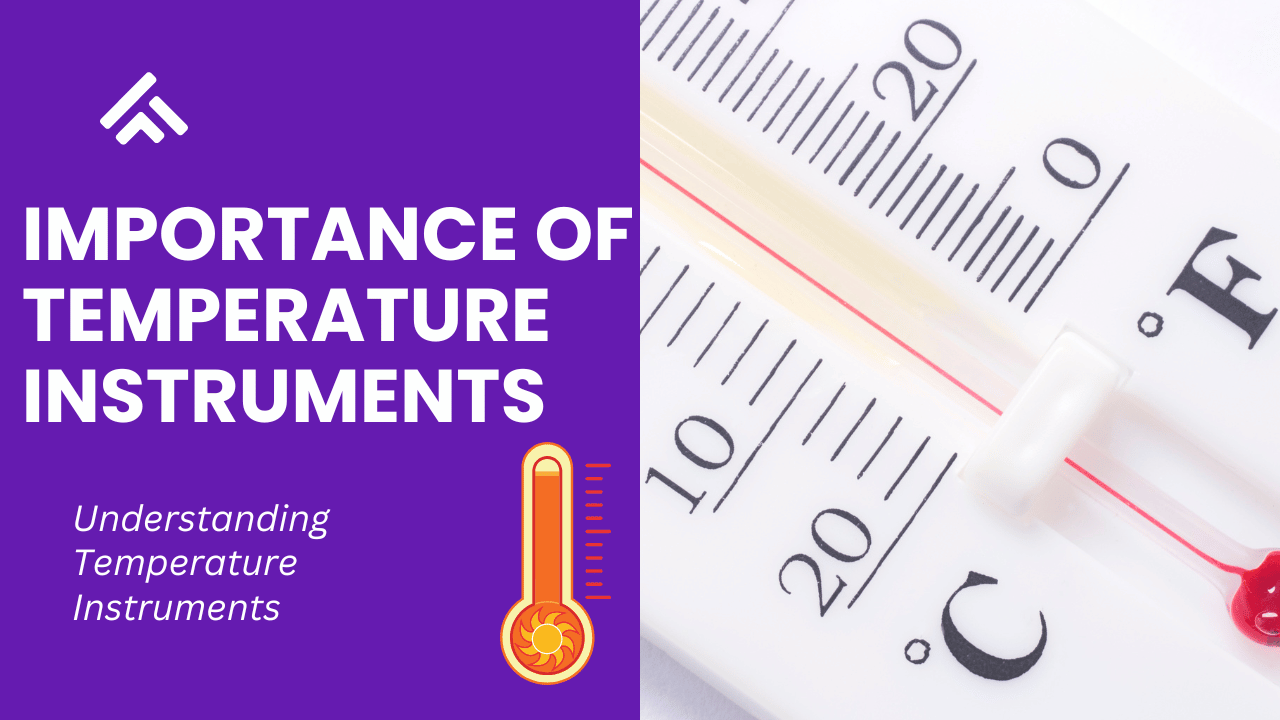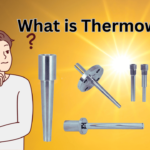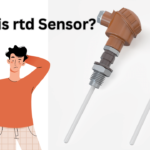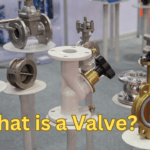Introduction
Temperature measurement is a crucial aspect of various industries and scientific fields, playing a pivotal role in ensuring safety, quality control, and accurate research. Temperature instruments are devices designed to measure and monitor temperatures, aiding in a wide range of applications from meteorology to manufacturing. In this article, we will delve into the world of temperature instruments, their types, working principles, significant applications, and the measuring units they employ.
Understanding Temperature Instruments
Temperature instruments are tools used to quantify the thermal state of an object or environment. They provide essential information about the kinetic energy of particles within a substance, indicating whether it’s hot or cold. These instruments help us make informed decisions, optimize processes, and maintain optimal conditions. They come in various forms, each suited for specific scenarios and accuracy requirements.
Measuring Units in Temperature Instruments
Here are some common measuring units used in temperature instruments:
Celsius (°C): The Celsius scale, also known as the centigrade scale, is widely used in temperature instruments. It is based on the freezing and boiling points of water. On this scale, water freezes at 0°C and boils at 100°C at standard atmospheric pressure. Celsius is commonly used in everyday applications, scientific research, and industrial processes.
Fahrenheit (°F): The Fahrenheit scale is another common unit of temperature measurement, primarily used in the United States and a few other countries. On this scale, water freezes at 32°F and boils at 212°F at standard atmospheric pressure. Fahrenheit measurements are often used in weather forecasts, particularly in regions where this scale is prevalent.
Kelvin (K): The Kelvin scale is an absolute temperature scale that starts from absolute zero, the point at which all thermal motion ceases. Kelvin is commonly used in scientific research, particularly in fields such as physics and chemistry. The Kelvin scale is related to the Celsius scale by the equation K = °C + 273.15.
Types of Temperature Instruments
Thermocouples: Thermocouples are widely used temperature sensors that rely on the Seebeck effect. This effect involves the generation of a voltage at the junction of two different metals when subjected to a temperature gradient. The voltage generated is proportional to the temperature difference. Thermocouples are rugged, have a wide temperature range (measured in Celsius, Fahrenheit, or Kelvin), and are often used in industrial settings.
Thermistors: Thermistors are temperature-sensitive resistors whose resistance changes significantly with temperature. They are highly accurate within a limited temperature range and find application in medical devices, automotive systems, and consumer electronics. Their resistance is typically measured in ohms (Ω).
Resistance Temperature Detectors (RTDs): RTDs are temperature sensors made of materials whose electrical resistance increases with temperature. Platinum-based RTDs are popular due to their accuracy and stability over a broad temperature range. They are used in laboratories, industrial processes, and HVAC systems. RTD measurements are often provided in ohms (Ω) and need to be converted using calibration tables.
Bimetallic Temperature Sensors: These sensors consist of two different metal strips bonded together, each with different thermal expansion coefficients. As the temperature changes, the strips bend, which is translated into a mechanical displacement that can be measured. Bimetallic temperature sensors are commonly found in thermostats and household appliances, providing readings in degrees Celsius (°C) or Fahrenheit (°F).
Infrared Temperature Sensors: Infrared sensors measure temperature without physical contact. They detect the infrared radiation emitted by an object and convert it into a temperature reading. Infrared thermometers are valuable in situations where non-contact measurement is necessary, such as in the food industry, medical diagnostics, and building inspections. They provide readings in Celsius (°C), Fahrenheit (°F), or Kelvin.
Working Principles
The working principle of temperature instruments varies based on their type. Thermocouples, for instance, rely on the principle that two different metals will generate a voltage when exposed to different temperatures. This voltage can be translated into a temperature reading. Thermistors work by exploiting the temperature-dependent resistance of certain materials. RTDs use the fact that the electrical resistance of metals changes predictably with temperature.
Infrared temperature sensors work by capturing the thermal radiation emitted by an object. All objects emit infrared radiation as a function of their temperature. The sensor detects this radiation, and by using complex algorithms and calibration, it calculates the temperature of the object without any physical contact.
Applications
Temperature instruments find applications across a wide spectrum of industries and research fields:
Healthcare: Infrared thermometers are used for non-contact temperature measurements in medical settings, offering quick and hygienic readings. They are particularly useful for monitoring body temperature in large groups of people, as seen during disease outbreaks.
Food Industry: Temperature control is critical in food processing and storage. Instruments like thermocouples and infrared thermometers ensure food safety by monitoring temperatures during cooking, refrigeration, and transport.
Manufacturing: Industries such as metallurgy, plastics, and electronics rely on temperature instruments to maintain specific temperatures during various manufacturing processes. This ensures product quality and consistency.
Environmental Monitoring: Weather stations use temperature instruments to record and predict weather patterns. Scientists study temperature variations in oceans, lakes, and air to understand climate change and its impacts.
HVAC Systems: Heating, ventilation, and air conditioning systems depend on temperature sensors to regulate indoor climate. Accurate temperature measurement ensures energy efficiency and occupant comfort.
Automotive: Temperature instruments play a role in engine monitoring, ensuring optimal operating temperatures. They also contribute to the functioning of air conditioning systems within vehicles.
Challenges and Future Trends
While temperature instruments have come a long way, challenges still exist. Calibration and accuracy are crucial, especially in scientific research and critical industrial processes. Ensuring traceability to international standards is essential.
As technology advances, temperature instruments are becoming smarter and more connected. The Internet of Things (IoT) has enabled remote monitoring and control of temperature instruments, enhancing efficiency and reducing the need for manual intervention.
Conclusion
Temperature instruments are integral to modern life, impacting a multitude of industries and scientific domains. From traditional thermocouples and RTDs to cutting-edge infrared sensors, these instruments empower us to measure and regulate temperature with accuracy and precision. As technology evolves, we can expect temperature instruments to continue playing a vital role in shaping various aspects of our lives, from health to manufacturing and beyond, all while providing readings in familiar units such as Celsius (°C), Fahrenheit (°F), and Kelvin (K).









2 thoughts on “Temperature Instruments: From Thermometers to Infrared Sensors”